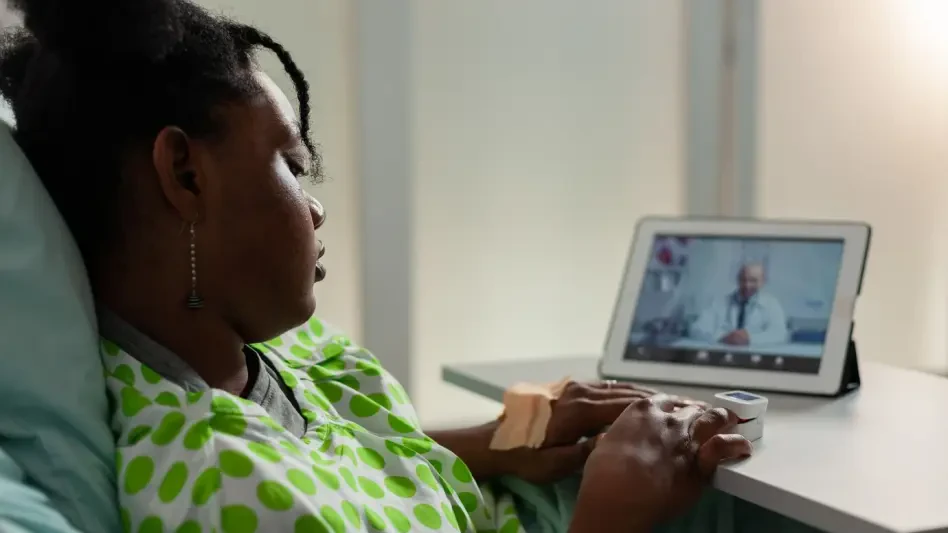The notion of transforming Australian healthcare through telehealth services is gaining momentum given recent political pledges and technological advancements. Labor’s ambitious $204.5 million initiative intends to enhance after-hours healthcare access and is a focal point in this discourse. This plan, known as ‘1800MEDICARE,’ is designed to offer free, bulk-billed general practitioner consultations via a 24/7 hotline, potentially easing the pressure on emergency departments in areas like Queensland and Tasmania. The goal is not only to reduce unnecessary hospital visits but also to provide round-the-clock access to registered nurses, ensuring that patients can be directed to appropriate care resources efficiently. Such a measure aligns with global trends in remote healthcare, where technology plays a pivotal role in bridging the gap between patients and providers.
Political Perspectives on Telehealth Initiatives
The Coalition, while recognizing the increasing significance of telehealth, views Labor’s proposal as an overly familiar approach. They argue that the initiative resembles a rebranding of existing services such as Healthdirect rather than a groundbreaking solution. The Coalition posits that their previous telehealth reforms, particularly the decision to make telehealth universally permanent, laid a crucial foundation for enhancing healthcare services across the nation. These reforms, enacted to improve accessibility and efficiency, underscore the commitment to integrating telehealth into the healthcare system seamlessly. Thus, the debate rages on, with both political forces asserting their vision for telehealth’s place in Australia’s healthcare strategy. Despite their differing viewpoints, both sides acknowledge telehealth’s potential to satisfy contemporary healthcare demands, particularly highlighted by its widespread adoption during the pandemic.
The Future of Healthcare in Australia
Looking into the future, it’s evident that telehealth services will significantly shape the healthcare landscape in Australia. Both Labor and the Coalition, although differing on how to implement these services, highlight a growing agreement on their transformative potential. It is crucial for policymakers and healthcare providers to engage in discussions that focus on creating sustainable strategies, leveraging technology as a crucial tool in delivering efficient healthcare. Addressing issues like equitable access, data protection, and bridging the digital divide remains essential to maximizing telehealth’s benefits for all Australians. As we progress, monitoring how these initiatives impact healthcare outcomes, patient satisfaction, and overall system efficiency will be key. Telehealth must fulfill its potential to revolutionize healthcare delivery. With dedicated efforts and innovative solutions, the envisioned transformation may very well come to life, offering optimal healthcare and making a positive impact on millions across the nation.









